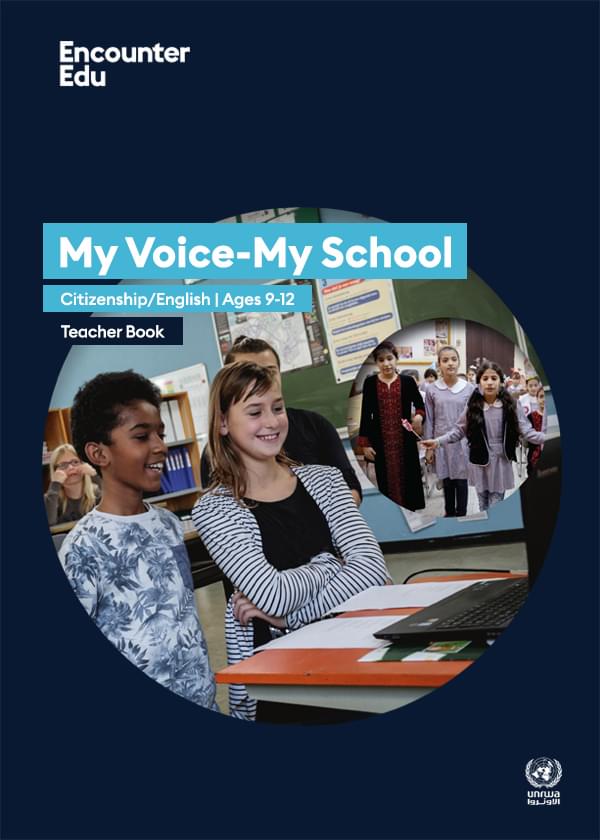Learn more: What are the 17 UN Sustainable Development Goals?
In September 2015, 193 world leaders agreed to 17 global goals for sustainable development. If these goals are completed, it would mean an end to extreme poverty, inequality and climate change by 2030.
The Sustainable Development Goals (SDGs), otherwise known as the global goals, are a universal call to action to end poverty, protect the planet and ensure that all people enjoy peace and prosperity.
These 17 goals build on the successes of the Millennium Development Goals, while including new areas such as climate change, economic inequality, innovation, sustainable consumption, peace and justice, among other priorities. The goals are interconnected and often the key to success on one will involve tackling issues more commonly associated with another.
The SDGs work in the spirit of partnership and pragmatism to make the right choices now to improve life, in a sustainable way, for future generations. They provide clear guidelines and targets for all countries to adopt in accordance with their own priorities and the environmental challenges of the world at large. The SDGs are an inclusive agenda. They tackle the root causes of poverty and unite us together to make a positive change for both people and planet. 'Poverty eradication is at the heart of the 2030 Agenda, and so is the commitment to leave no-one behind,' UNDP Administrator Achim Steiner said. 'The Agenda offers a unique opportunity to put the whole world on a more prosperous and sustainable development path. In many ways, it reflects what UNDP was created for.'
Students can spend more time exploring the Global Goals by clicking on the relevant icons a http://worldslargestlesson.globalgoals.org/.
In addition, a number of videos have been created and can be viewed at https://vimeo.com/worldslargestlesson.
The Global Goals in full:
- Goal 1: End poverty in all its forms everywhere
- Goal 2: End hunger, achieve food security and improved nutrition and promote sustainable agriculture
- Goal 3: Ensure healthy lives and promote well-being for all at all ages
- Goal 4: Ensure inclusive and equitable quality education and promote lifelong learning opportunities for all
- Goal 5: Achieve gender equality and empower all women and girls
- Goal 6: Ensure availability and sustainable management of water and sanitation for all
- Goal 7: Ensure access to affordable, reliable, sustainable and modern energy for all
- Goal 8: Promote sustained, inclusive and sustainable economic growth, full and productive employment and decent work for all
- Goal 9: Build resilient infrastructure, promote inclusive and sustainable industrialisation and foster innovation
- Goal 10: Reduce inequality within and among countries
- Goal 11: Make cities and human settlements inclusive, safe, resilient and sustainable
- Goal 12: Ensure sustainable consumption and production patterns
- Goal 13: Take urgent action to combat climate change and its impacts
- Goal 14: Conserve and sustainably use the oceans, seas and marine resources for sustainable development
- Goal 15: Protect, restore and promote sustainable use of terrestrial ecosystems, sustainably manage forests, combat desertification, and halt and reverse land degradation and halt biodiversity loss
- Goal 16: Promote peaceful and inclusive societies for sustainable development, provide access to justice for all and build effective, accountable and inclusive institutions at all levels
- Goal 17: Strengthen the means of implementation and revitalise the global partnership for sustainable development

Citizenship / English | Ages 7-11, Ages 11-14
My Voice-My School
My Voice-My school gives students the opportunity to share their ideas about education and their future. The project is grounded in the UN Global Goals for Sustainable Development, with a focus on Goal 4 Quality Education. These lesson plans and resources for ages 9-12 are based on video conversations between schools.